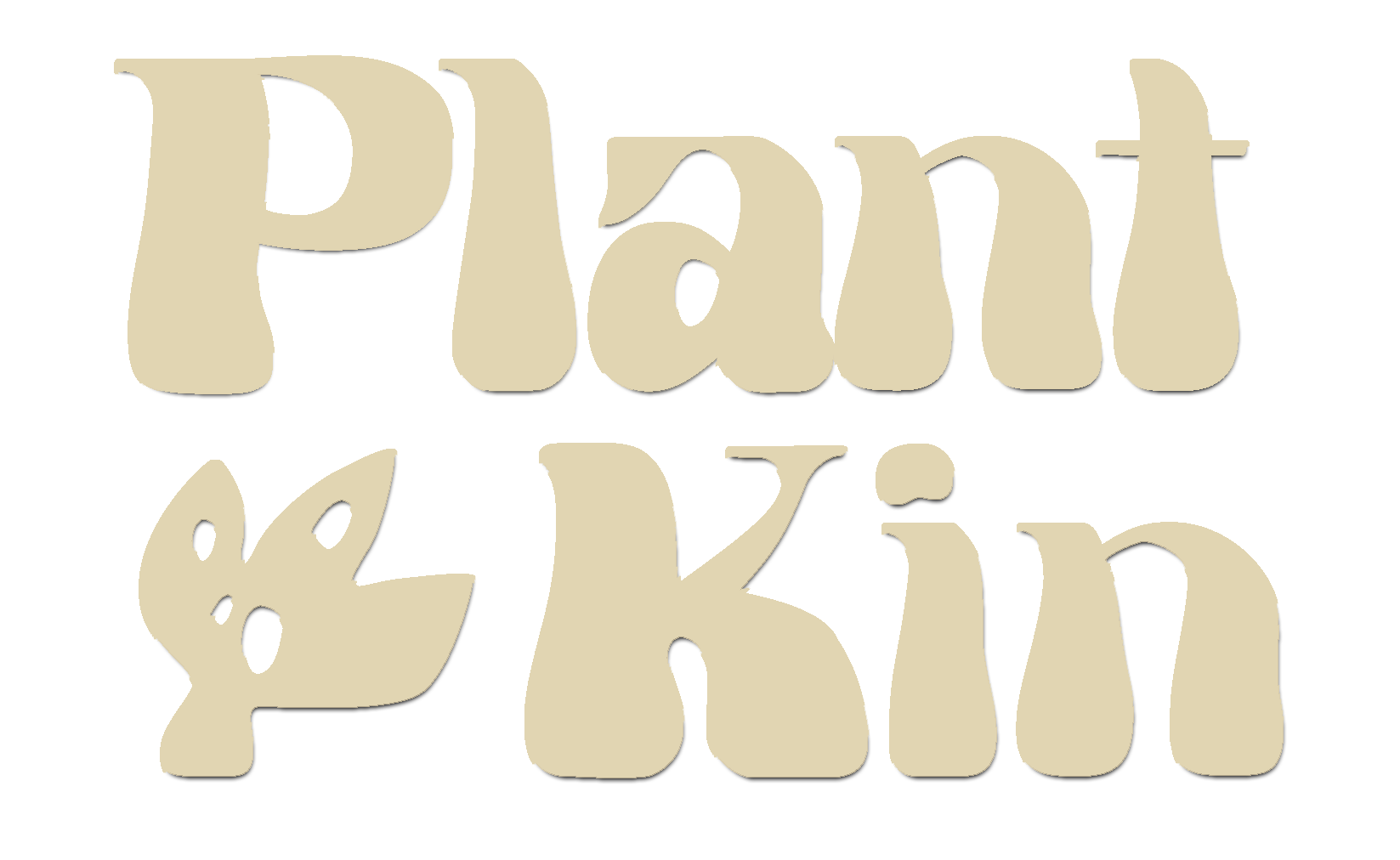Plant alchemy
“It’s the unpredictability, the experimentation and the microbiology that I love the most.”
The transmutation of onion skins, turmeric, tea and eucalyptus leaves into complex and unpredictable plant dyes is a process Bonnie De Gros says feels "almost like magic".
"It’s just endlessly fascinating. More so than the actual end product, you know?” Bonnie says. “I like the end product but it’s funny, I dye for the process. I have dozens and dozens of metres of fabric, all folded and ready to be used for stuff but I just keep wanting to dye more - just as an experiment.”
Bonnie De Gros has no shortage of talents. In the spaces stolen between raising three young children - she’s a midwife, keen foodie, avid knitter, fermenter and sourdough bread-baker extraordinaire. She also knows a thing or two about natural plant-based dyes, which is where this story begins - at one of her popular workshops.
The process of dying fabric with plants is remarkably simple, but like many things Bonnie loves - it takes time. Inspiration can come from anywhere - invasive weeds (gorse), your compost bin (old tea leaves), the kitchen (turmeric, coffee, berries) and the garden (roots, leaves, blossoms, petals) - and everywhere else that plants grow and spill their colours into the world.
Bonnie takes us on a beautiful journey through the process of resist dyeing and shibori, where the only rule is that there really are no rules. We begin by making concertina folds, knotting and twisting delicate silks and organic cotton into strange shapes.
“I see the world through a different lens. The beauty in the dyeing might not be the material side of it - it’s actually what lies beneath that we don’t even see.”
“What I love about natural dye is that it’s not something new, it’s actually one of the oldest things humans have done; playing with pigment. ”
The simplicity of plant-dyeing becomes obvious as we secure our cloth with a random assortment of household items - paddlepop sticks, rubber bands, string and cotton thread. We pre-soak the folded cloth and then, lower our creations carefully into the dye-bath; one cup of turmeric to six litres of water, plus a cup of salt to act as our mordant. The bath then goes over a low to medium heat.
Part of the pull of natural dyeing lies in its gentle impact on the environment. “That’s important to me,” says Bonnie. “Having three kids of my own, I’m concerned about the planet they’ll inherit.” This concern for the environment is part of Bonnie’s wider philosophy of slowing down, appreciating what we have and looking for ways to minimise our impact.
“If everybody made a meal from scratch, they would start to realise that ‘oh there’s so much that goes into this!’ They would maybe appreciate it much more the next time they had something to eat,” she says passionately. “Likewise if people are making their own clothing and dying their own clothing and seeing what goes into making a piece of clothing. You know, they might place a bit more value on it.”
“It’s really important to me to ingrain in my children what is actually important. It’s not clothing or TV’s or any of that stuff. It’s people, community and the environment.”
De Gros loves to forage in nature and says for her, it’s one of the most satisfying parts of making natural plant dyed textiles. “Take gorse flowers for example. You look at the hills covered in gorse and go ‘oh that’s not very nice’ because it’s such an invasive plant here in New Zealand,” she muses. “But when you can go out and pick all the gorse flowers and put it to good use in a dye-bath and make something beautiful, all of a sudden you see beauty in something that is seen as such a pest.”
As we pull our turmeric soaked, carefully folded and twisted bundles from the dye-bath, an air of excitement hangs in the air. What delights will our brightly coloured parcels reveal?
Bonnie says this is her favourite part of the process. “Even though we think we’re in control, we have nothing to do with it. We’re simply observing microbiology in action and that’s what is so cool about it,” she says with a smile. “We’re just sort of playing. We’re playing! That’s totally what natural dyeing is for me. My play time.”
“For anyone who wants to try plant dyeing, just go for it. Don’t be afraid to make mistakes and make something hideous. It’s all part of the fun.”











